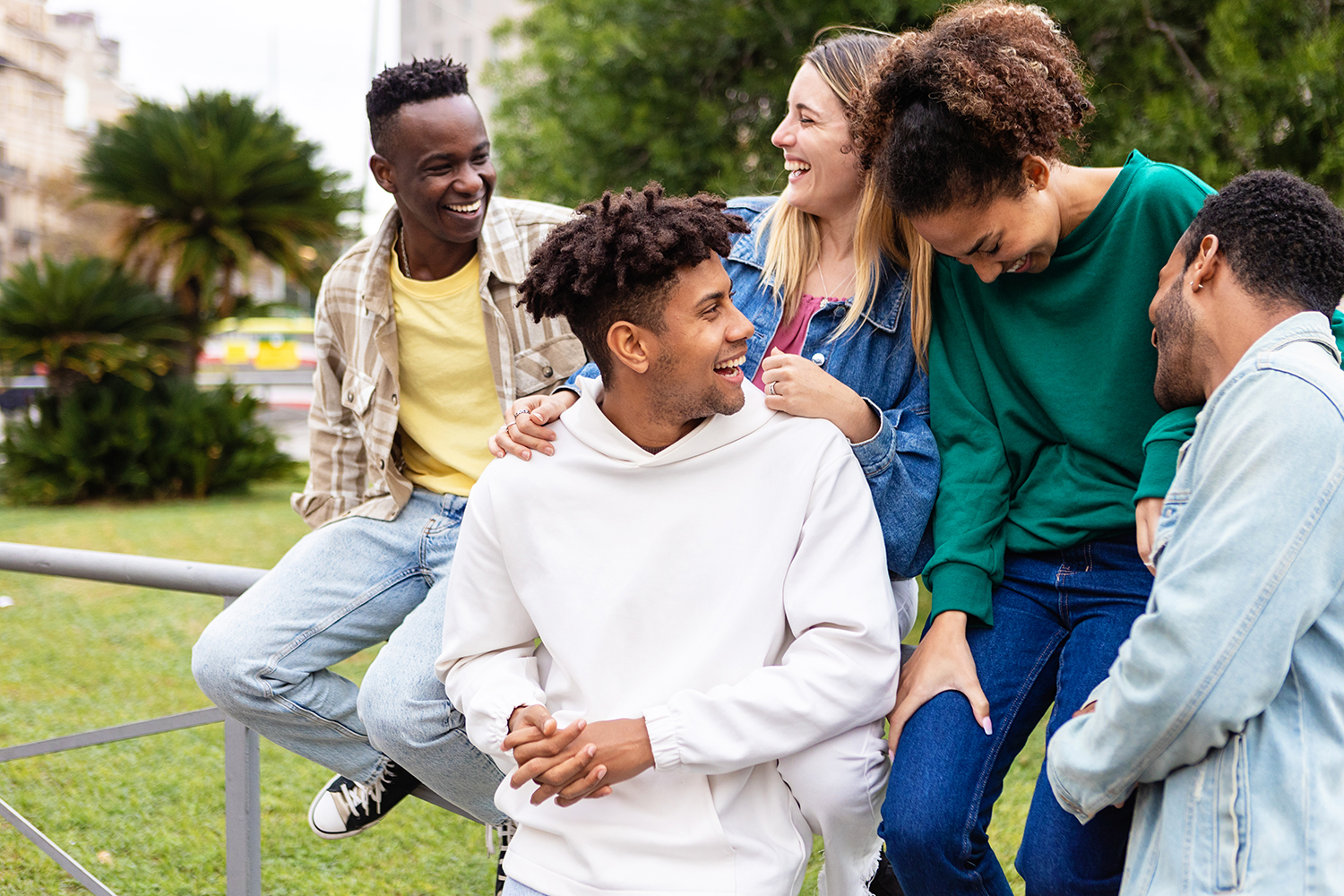Harrisonburg, VA 22802
Cannabis Talk
Get to know the basics of what cannabis is and learn important lingo.
What is "cannabis" anyway?
Cannabis is a potentially psychoactive drug derived from the cannabis plant. Cannabis is an umbrella term for many different forms of the plant.
Is all cannabis the same?
Nope! Cannabis contains compounds called cannabinoids. Depending on the type of cannabinoids a type of cannabis contains, it will affect the body differently.
So what are the different cannabinoids?
Good question! There are over 100 different cannabinoids. But the two most people are familiar with are THC (tetrahydrocannabinol) and CBD (cannabidiol). Both CBD and THC interact with a person’s brain and central nervous system.
CBD v THC – What’s the Difference?
- CBD: A cannabinoid that does NOT cause a “psychoactive” effect (it does not get a person “high”). Hemp, a type of cannabis, contains high levels of CBD.
- THC: A cannabinoid that does have a “psychoactive” effect. THC is what creates the “high” a person experiences when using certain types of cannabis.
Does cannabis get you “high”?
Feeling “high” is the slang word to describe the intoxicating effect THC-containing cannabis has on a person.
- Not all cannabis has this effect. For example… Hemp – a commonly known type of cannabis – contains high levels of CBD (a non-psychoactive) and less than 0.3% THC. Hemp does not get a person “high”.
- But some does: There are types of cannabis that do get a person high. For example… “Marijuana” (also known as “weed”, “bud”, or “pot”) contains greater levels of THC and will get a person high, depending on how much they use. Different forms of “marijuana” can contain different levels of THC making it more or less potent (or strong).
Keeping Up With Cannabis Lingo
THC
“Tetrahydrocannabinol” – A cannabinoid with a “psychoactive” effect. THC is what creates the “high” a person experiences when using certain types of cannabis.
CBD
A cannabinoid that does NOT cause a “psychoactive” effect (it does not get a person “high”).
Delta-9 v Delta-8
- Delta-9 is a prominent and potent THC cannabinoid that produces a strong psychoactive effect. In states where recreational or medical cannabis is legal, delta-9-containing products are what is most commonly sold and used.
- Delta-8 is a less potent, minor THC cannabinoid. Delta-8 does create a high, but it is less intoxicating than Delta-9. Delta-8 products do not have approval from, nor have they undergone testing by, the U.S. Food and Drug Administration (FDA). Be aware – “Delta-8” products are often mislabeled, are not lab tested, and do not have proper warnings on their packaging
Marijuana
“Marijuana” (also known as “weed”, “bud”, or “pot”) contains greater levels of THC and will get a person high, depending on how much they use. Different forms of “marijuana” can contain different levels of THC making it more or less potent (or strong).
According to the laws of Virginia, any cannabis product containing more than 0.3% THC is considered “Marijuana”.
Hemp
A commonly known type of cannabis with dominant levels of CBD (non-psychoactive) and less than 0.3% THC. Hemp does not get a person “high”. Hemp is a crop used not only for its CBD, but also for textiles, cosmetics, and fuels.
Edibles
Food products infused with cannabis extract. Edibles come in many forms including baked goods, candies, gummies, chocolates, lozenges, and even beverages. Edibles are a common way of ingesting both CBD and THC.
Joint
A rolled cannabis cigarette, ordinarily hand-rolled with rolling papers. Commonly, “marijuana” is used when rolling joints. Users will smoke a joint to get high.
Blunt
A cigar that has been hollowed out, filled with cannabis (usually “marijuana”), and then re-rolled with the tobacco-leaf “wrap”. Users will commonly use cheap cigars for their wrappers.
Dabbing
A method of consuming highly concentrated cannabis extracts or resins (known as dabs). The waxy concentrate or resin is heated and then the vapor is inhaled. Dabbing leads to rapid onset intoxication (“high”) due to the high levels of THC the concentrates contain.
The Brain Basics
Prefrontal Cortex regulates thoughts, feelings, and actions. It’s also known as the “personality center” of our brain! A healthy prefrontal cortex can help us with impulse control, planning, critical thinking, and paying attention! This is one of the last parts of our brain to fully develop (not until about age 25!)
Limbic System contains many key brain structures including those that help with emotional regulation (amygdala), memory (hippocampus), and bodily regulation (hypothalamus). This area of the brain develops before the prefrontal cortex which is why many teenagers naturally struggle with emotional regulation and impulse control.
The Brainstem is the “survival center” of our brain! Not only does the brain stem help regulate basic functions (like blood pressure and breathing), but it also helps us react (flight, fight, or freeze) when we are in danger. This is also what connects our brain to our spinal cord.
What does the brain have to do with teen cannabis use?
The VA Young Adult Survey found that 87% participants who have ever used cannabis, reported first using between the ages of 12-20. Cannabis use during teenage years can disrupt the growth and development of the brain. These disruptions can have lasting impacts on a person’s social, physical, and mental health.
Decision-making
The amygdala – located in the limbic system – helps with decision-making and emotional regulation. Research has shown that teenagers who persistently use cannabis have a less “dense” (or developed) amygdala.
Decision-making
Motivation
Also in the limbic system is our basal ganglia. This small but important area of the brain helps with motivation and forming habits. Unfortunately, researchers have learned that heavy cannabis use can weaken the basal ganglia, lowering motivation.
Motivation
Critical Thinking
The prefrontal cortex is essential to developing plans, following instructions, connecting actions to consequences, and more! A teen’s frequent cannabis use interrupts the growth of the prefrontal lobe, making it more likely they will struggle with these critical skills.
Critical Thinking
Important
Reminder!
- Everyone’s brain and body are different – many factors impact the effects cannabis can have on the brain
- Brains are strong – when they’re able, brains can repair themselves from frequent cannabis use
Turning Our Cannabis Knowledge to Action
You know the facts but are struggling with how to help your teen? We got your back!
Conversation Starters to Try…
| Instead of this… | Try this! |
|---|---|
| “Just because your friends are doing it, doesn’t mean you have to.” | “If your friends were using drugs, how would you handle it?” |
| “Using marijuana can ruin your life.” | “What are some of your goals? How do you think using drugs could hurt those goals?” |
| “Smoking weed will kill your brain cells.” | “Smoking weed makes it harder for your brain to grow. What do you know about the effects of using cannabis?” |
| “Social media is dangerous. It’s ruining your generation.” | “I heard that people can use social media to sell drugs. What have you heard about that?” |
Helpful Hints…
- Your teen might tell you something that surprises you, try not to overreact
- Remember – Being a teenager is confusing, be patient
- Consequences are okay, but starting with them can shut down a conversation
- Ask questions and show interest – Don’t lecture
- Your teen might know things about cannabis you don’t, use this as a learning opportunity for you both
- Keep the conversation going – A one-time conversation isn’t enough, so keep checking-in



